Calibrachoa
O preço original era: 12,50 €.2,00 €O preço atual é: 2,00 €.
Image: Calibrachoa
Be enchanted by the vivacity of Calibrachoa through this high-resolution image, with dimensions of 2084 x 1173. Known for its exuberance and diversity of colors, Calibrachoa is a charming flower that brings joy and vivacity to any environment. Every detail of this flower, its delicate petals and vibrant hues, is faithfully captured, ideal for decoration, artistic projects or to appreciate the beauty of nature.
Image Details:
Name: Calibrachoa
Dimensions: 2084 x 1173
Format: High resolution digital file
Note: This is a digital image, not the physical product of the Calibrachoa plant.
This description highlights the beauty and joy provided by Calibrachoa flowers, suitable for customers interested in acquiring this image for their projects or visual appreciation.
Free shipping on orders over $50!
- Satisfaction Guaranteed
- No Hassle Refunds
- Secure Payments
Datasheet
Scientific name: Calibrachoa x hybrida
Synonymy: Leptophragma, Stimomphis
Common names: Mini-petunia, Mil-bells, False-petunia
Family: Solanaceae
Category: Shrubs, Tropical Shrubs, Flowers, Annual Flowers, Perennial Flowers
Climate: Mediterranean, Oceanic, Subtropical, Temperate, Tropical
Origin: South America, Brazil, Chile
Height: 0.1 to 0.3 meters, 0.3 to 0.4 meters, 0.4 to 0.6 meters, less than 15 cm
Luminosity: Half Shade, Full Sun
Life Cycle: Biennial, Perennial
Calibrachoa is a herbaceous and flowering plant, originally from South America and although perennial, it has a short lifespan.
It is very similar to Petunia (Petunia x hybrida), being related to this other species and originating from the same habitat.
Often, so many similarities create confusion in their identification.
However, it has recently been scientifically elucidated that these two species differ in terms of the number of chromosomes and reproductive mechanisms.
Crossbreeding between the two species is possible, generating the hybrid genus Petchoa, very vigorous and with large flowers.
It should be grown in full sun or semi-shade, in fertile, well-draining soil, enriched with organic compost and regularly irrigated, allowing the soil to dry superficially between waterings.
It tolerates light frosts, short periods of drought and heat.
Despite being perennial, it is generally cultivated as an annual or biennial, as it loses its beauty and vigor over time, requiring replanting.
It needs good amounts of fertilizers, and it is recommended to mix organic fertilizers, along with slow-release fertilizers and some liquid fertilizer during the growth and flowering period, without excess, but with a constant supply.
It is multiplied by cuttings and seeds, which are allowed to germinate or root in the autumn, and which remain in greenhouses during the winter, to begin flowering in the spring.

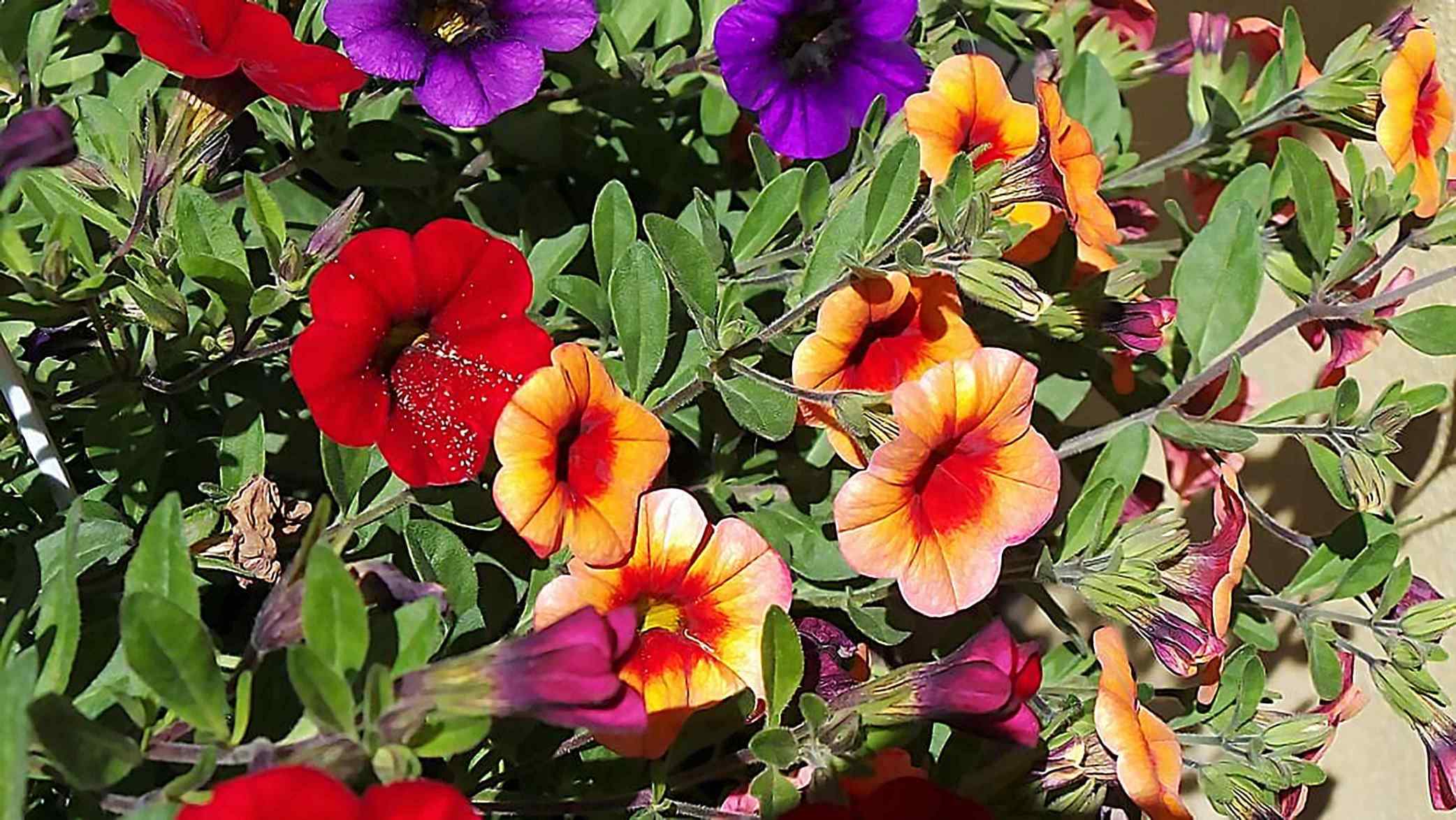
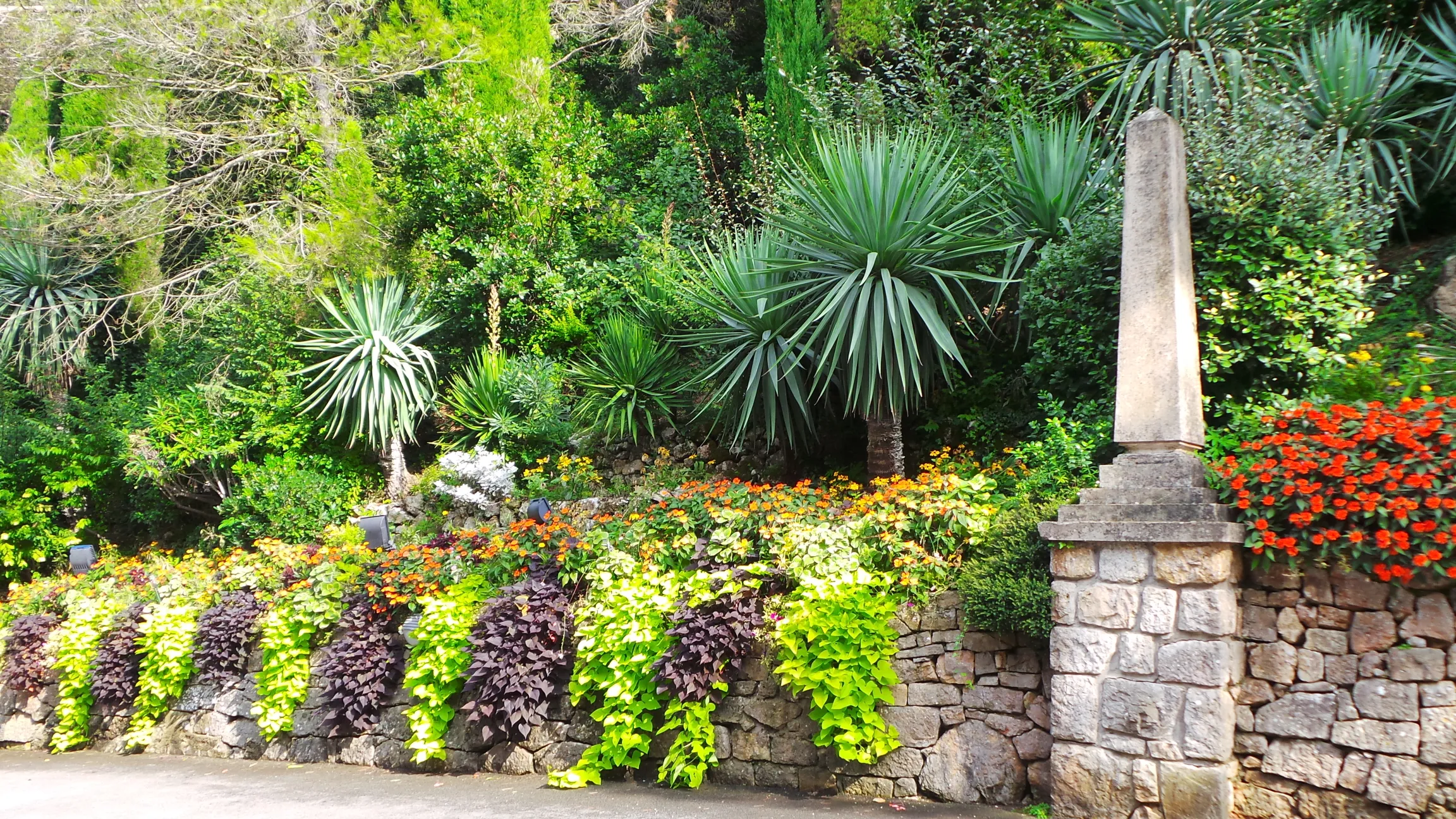

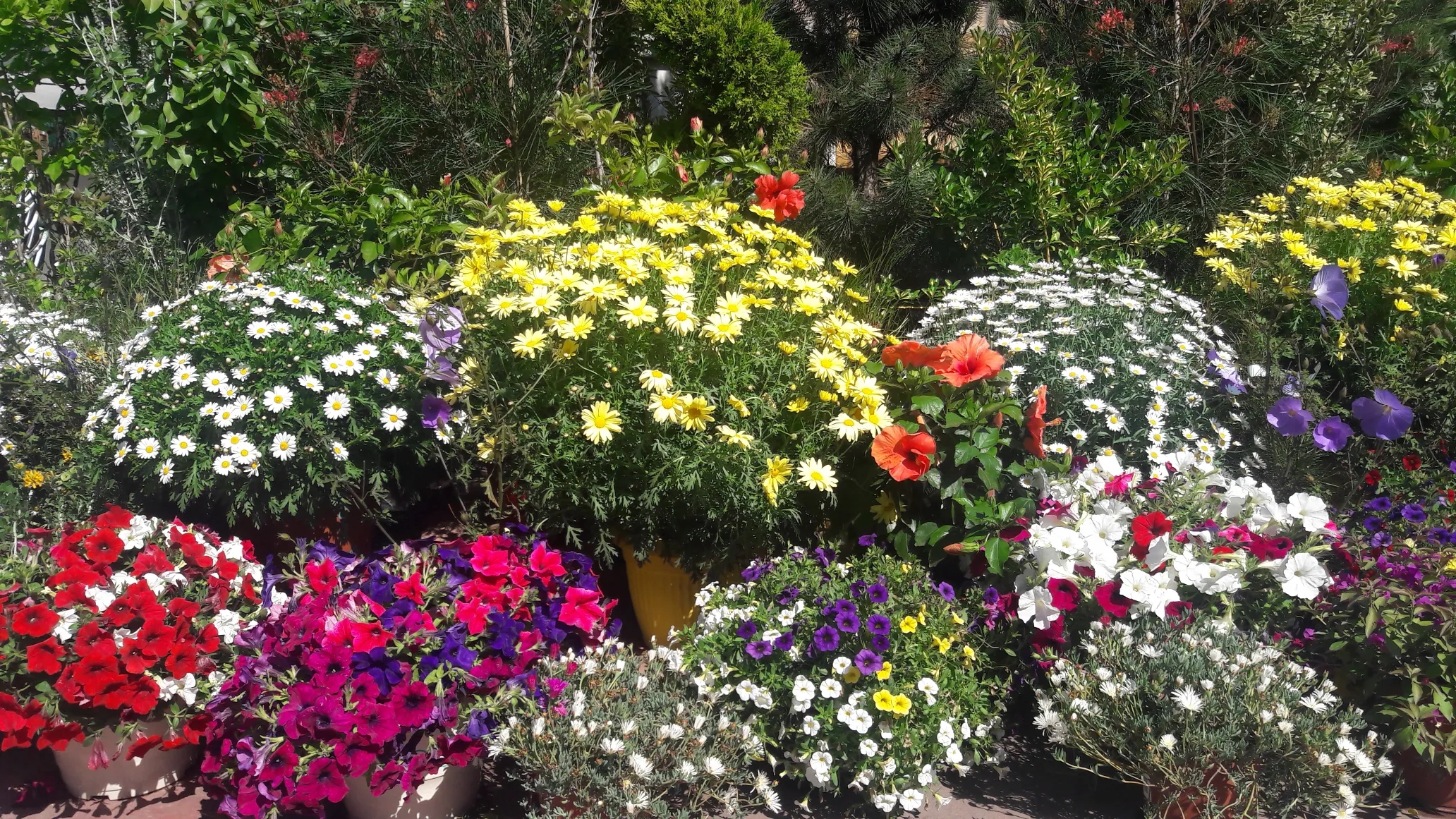



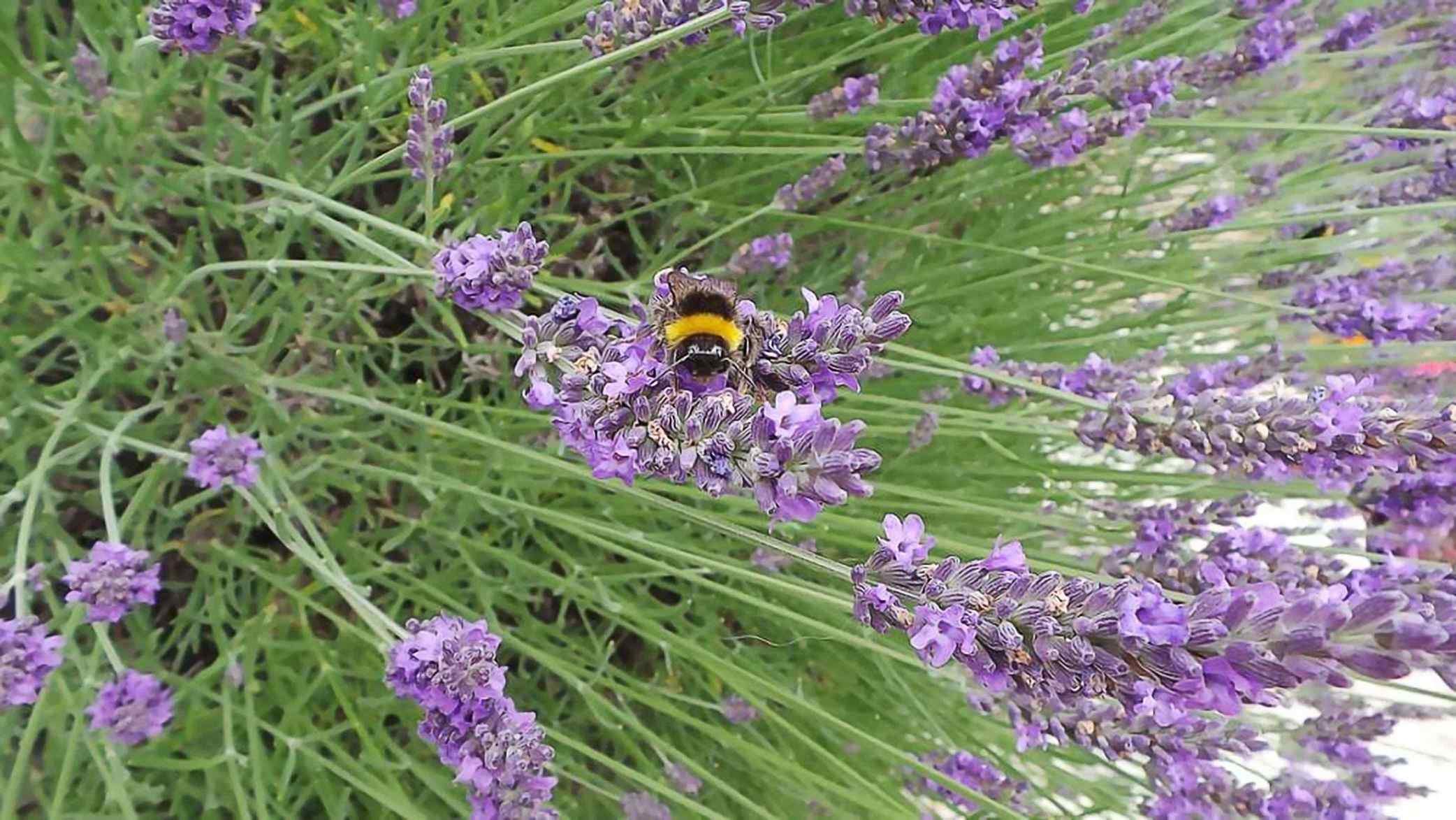
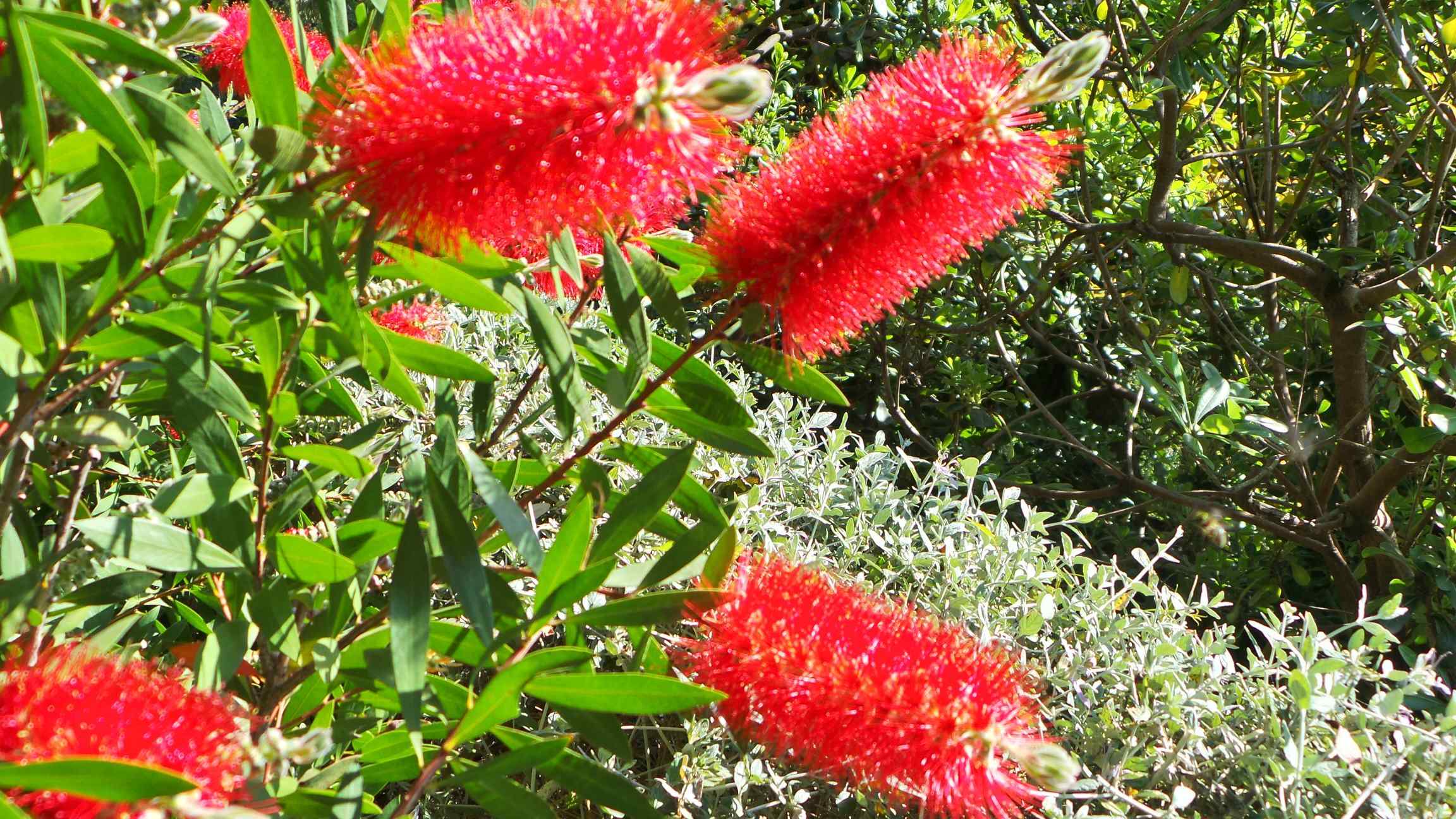



Avaliações
Não há avaliações ainda.